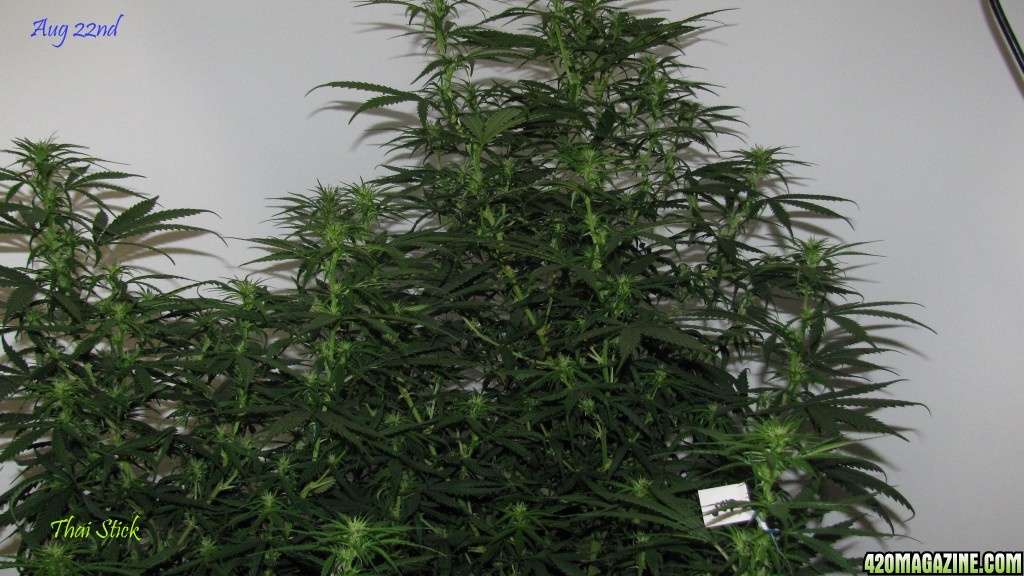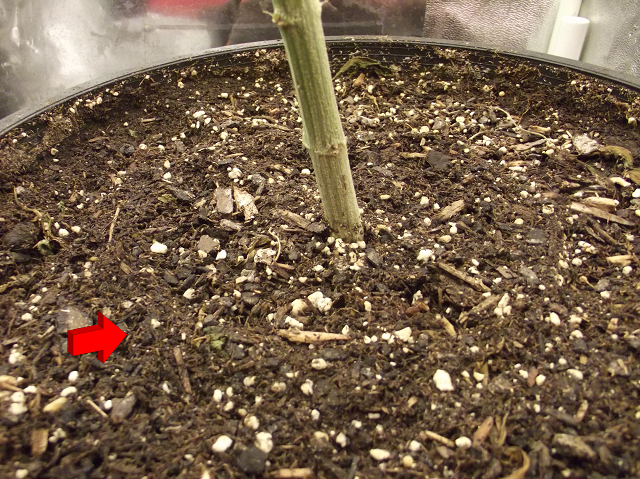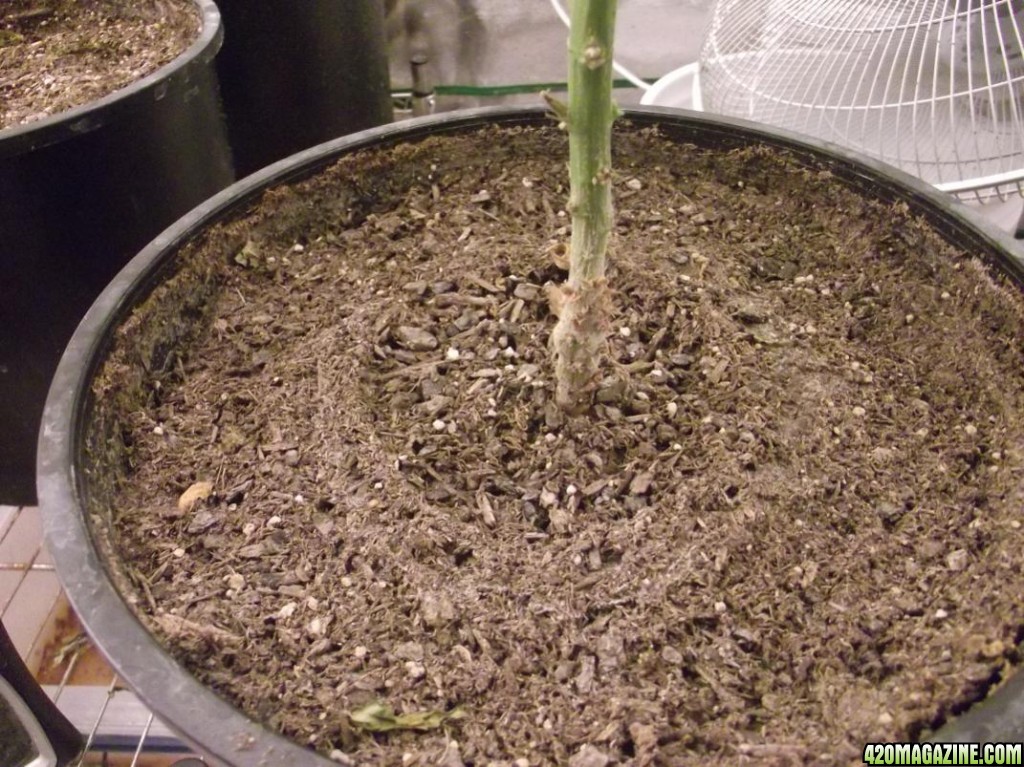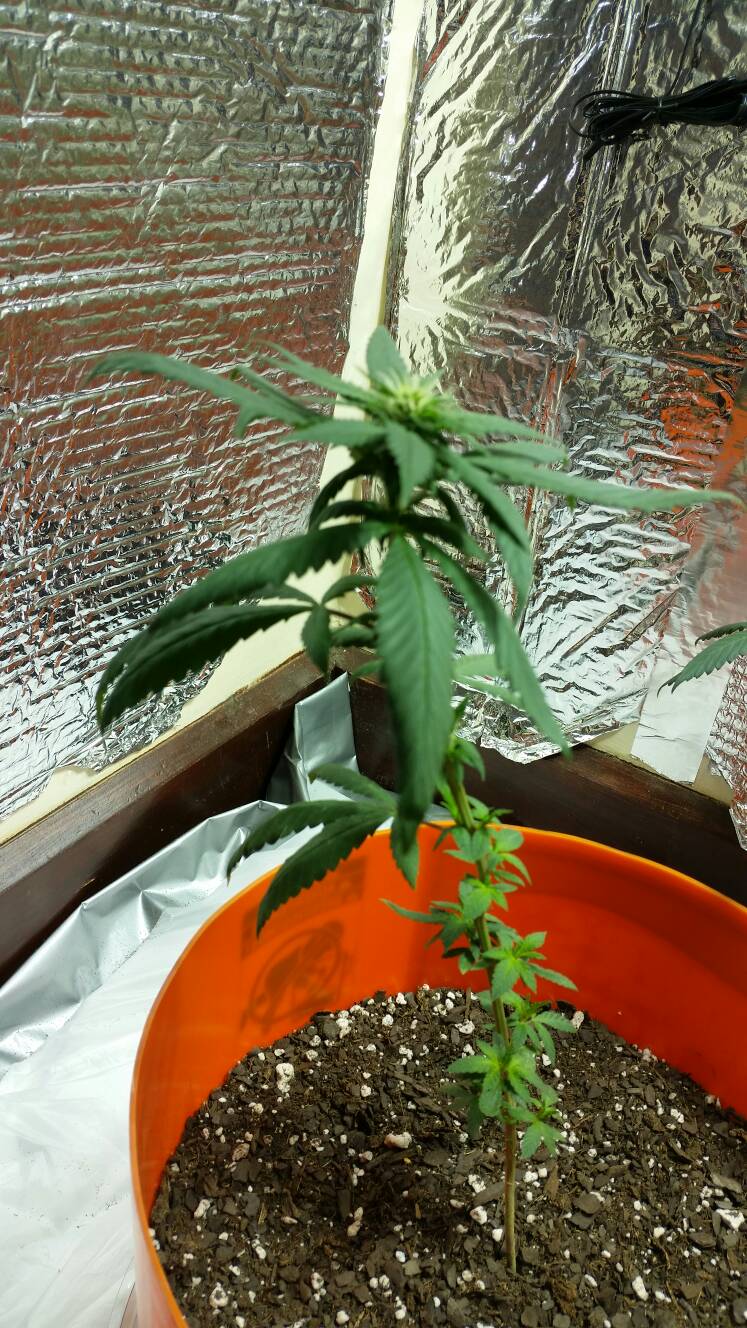Nulife
Well-Known Member
How many of us do that? I slept probably 3 hours or less a night for two months straight.
That's a lot of journals to follow, are they all active grows?
lol Yes my journals are active.
Glad to know I'm not the only one who's losing sleep around here. lol









